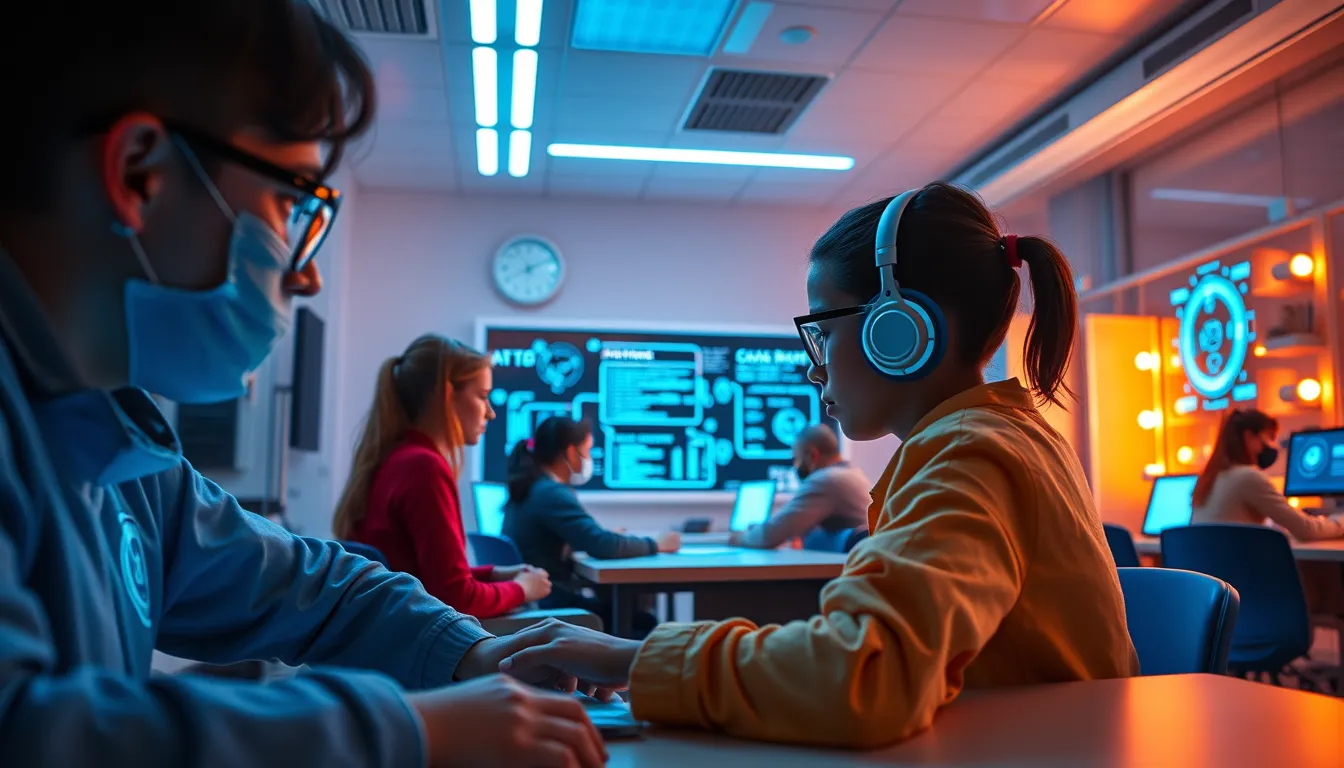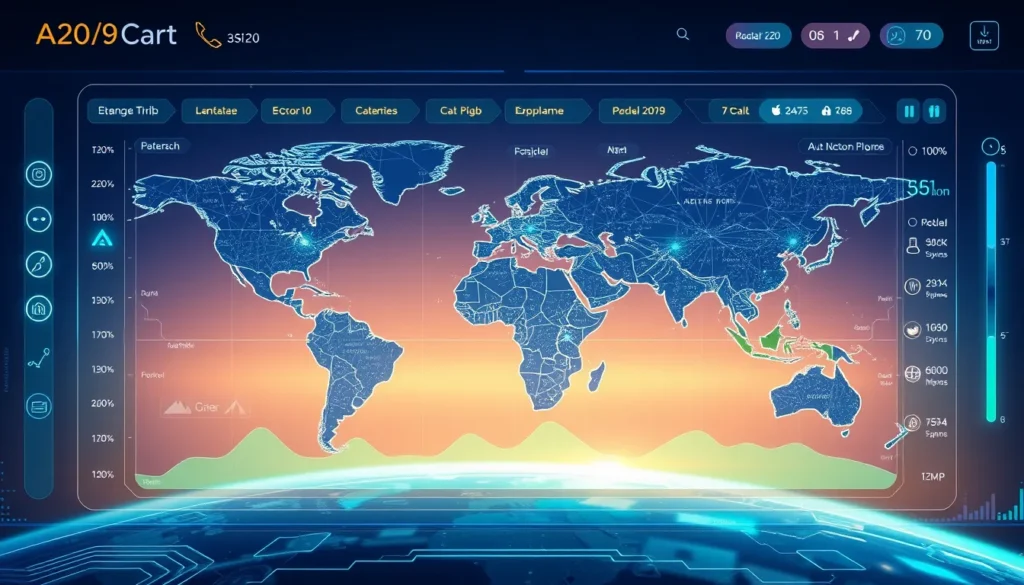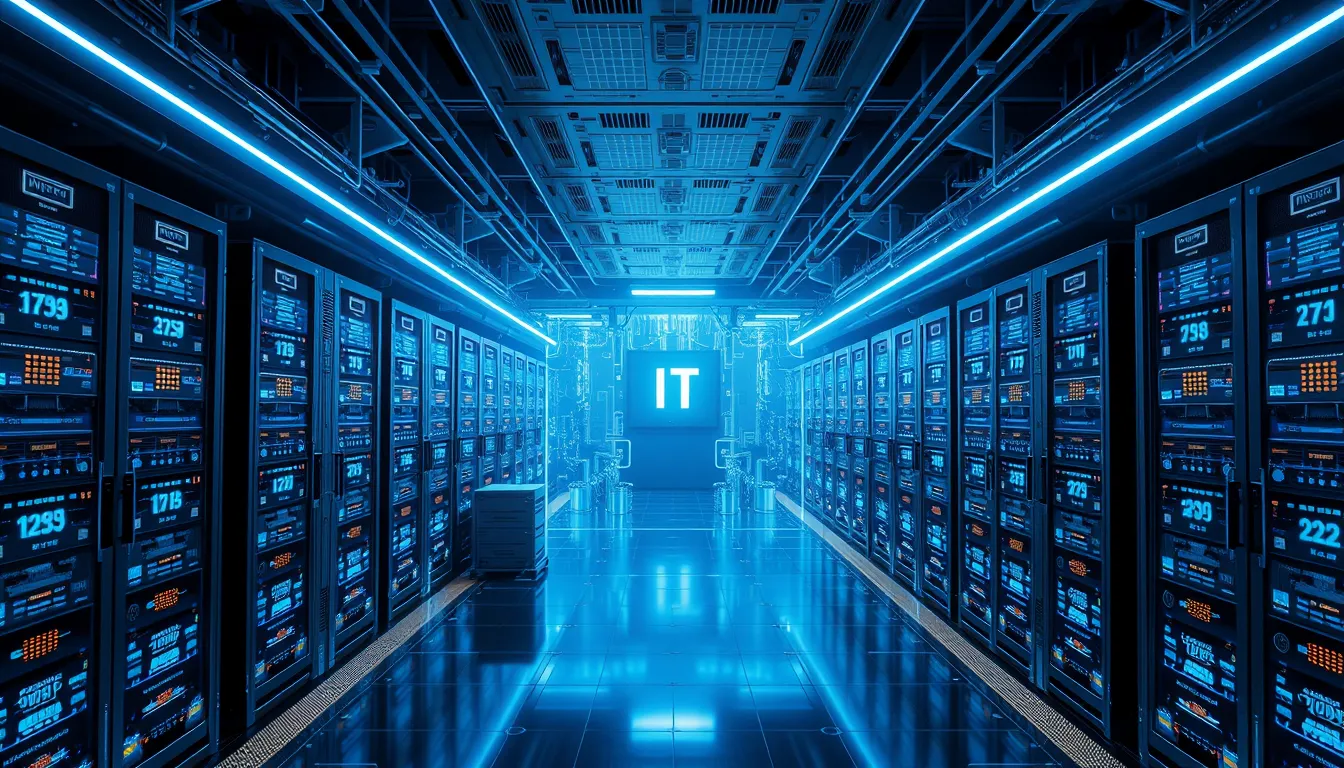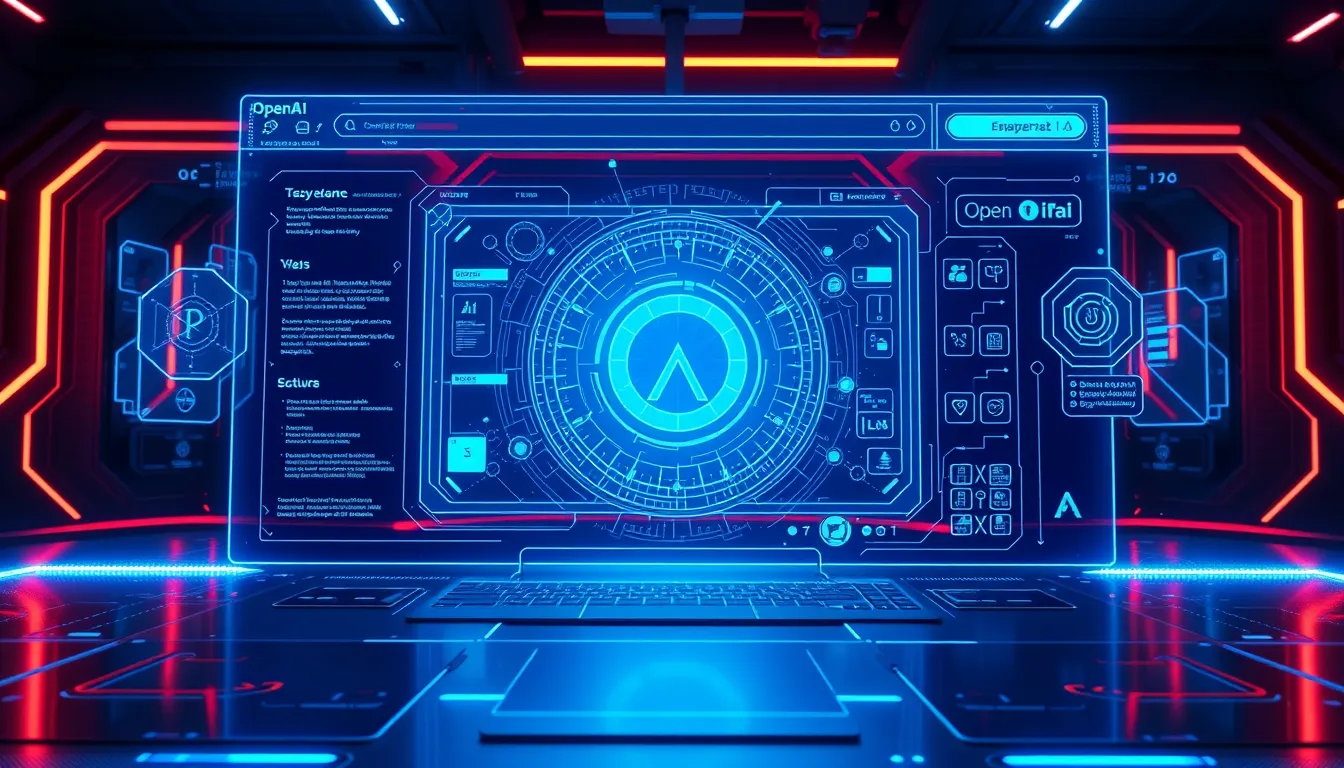Now Reading: Innovative AI in High School Education: Transforming STEM Learning
-
01
Innovative AI in High School Education: Transforming STEM Learning
Innovative AI in High School Education: Transforming STEM Learning

Innovative AI in High School Education: Transforming STEM Learning
In today’s rapidly evolving educational landscape, AI in high school education is at the forefront of revolutionizing learning, especially within STEM subjects. As technology continues to advance, schools are integrating artificial intelligence to create more engaging, personalized, and futuristic learning environments. This article explores the transformative impact of AI on high school STEM curriculum, highlights practical uses of AI tools in classrooms, and discusses important ethical considerations that accompany this technological shift.
The Impact of AI on High School STEM Curriculum
The incorporation of AI in high school education has led to significant improvements in how students interact with STEM subjects. One major area of impact is the “impact of AI on high school STEM curriculum,” a topic that emphasizes how AI can modernize traditional learning methods. Educators are now able to leverage AI-driven analytics to customize lesson plans, assess student progress in real-time, and offer targeted interventions. Here are some key benefits:
- Enhanced engagement through interactive simulations.
- Real-life problem solving using machine learning models and robotics.
- Improved analytical skills by interpreting complex data sets.
- Streamlined processes for both teaching and assessment.
These advantages not only enrich the learning experience but also prepare students for future technological careers.
Personalized Learning and AI Tools in the Classroom
One of the most compelling aspects of AI is its ability to personalize learning. With the use of AI tools in the classroom, teachers can create customized educational experiences that cater to individual student needs. For example, adaptive learning systems use data to adjust content delivery based on each student’s performance. This means that every student receives instruction that is tailored to their learning pace and style, a technique known as differentiated instruction with AI.
The benefits of personalized learning include:
- Immediate feedback on assignments and quizzes.
- The ability to re-teach concepts until mastery is achieved.
- Reduced instances of students falling behind, ensuring inclusivity.
- Encouragement for self-paced learning and independent problem-solving.
Moreover, when AI in high school education is combined with innovative STEM curriculum designs, it opens up opportunities for project-based learning, allowing students to work on real-world projects and engage in critical thinking. This hands-on approach is essential for developing computational thinking and creative problem-solving skills.
Ethical Considerations in AI-Driven Education
While the benefits of AI in high school education are significant, it is equally important to address the ethical challenges. The integration of AI technology in educational settings has raised discussions about data privacy, algorithmic bias, and the transparency of AI systems. Educators and administrators must ensure that these tools are used responsibly to avoid unintended consequences.
Key ethical considerations include:
- Ensuring the protection of student data and privacy.
- Mitigating bias in AI algorithms to promote fairness.
- Upholding transparency in the deployment of AI tools.
- Engaging stakeholders in conversations about the responsible use of AI.
For additional perspectives on ethical AI, educators can refer to organizations such as the OpenAI and Edutopia, which offer valuable resources and professional insights.
Transforming Future Learning Environments
The future of high school education is intertwined with technological innovations. As AI continues to mature, the curriculum is being reshaped to include emerging tools and methodologies that not only boost academic performance but also foster life-long learning skills. In this evolving environment, AI in high school education is not merely a subject or tool—it is a catalyst for creating more interactive, inclusive, and future-focused classrooms.
Educators are now more than ever tasked with the responsibility of equipping students with the skills to navigate an increasingly digital world. Workshops, interactive modules, and collaborative projects are becoming integral components of modern STEM courses. The hands-on engagement with technology helps demystify complex subjects and builds a solid foundation in both technical and ethical dimensions of AI.
Conclusion
In summary, AI in high school education has ushered in a new era of learning that is both innovative and challenging. From transforming high school STEM curriculums to enabling personalized, differentiated learning experiences, the advent of AI is reshaping how education is delivered. At the same time, it encourages educators to critically assess the ethical dimensions of technology in the classroom. As educators, administrators, and curriculum developers continue to integrate AI into school environments, they are not only enhancing academic outcomes but also preparing students for a future where technology plays an indispensable role in every facet of life.
The journey toward integrating AI into high school education is one of continuous evolution. With thoughtful implementation and an emphasis on ethical practices, the benefits of AI can be harnessed to create a more inclusive, engaging, and futuristic educational landscape that prepares students for challenges beyond the classroom.
By embracing these advanced tools and methodologies, schools are setting the stage for a brighter future in which technology, innovation, and education work hand-in-hand to empower the next generation of leaders and innovators.

























